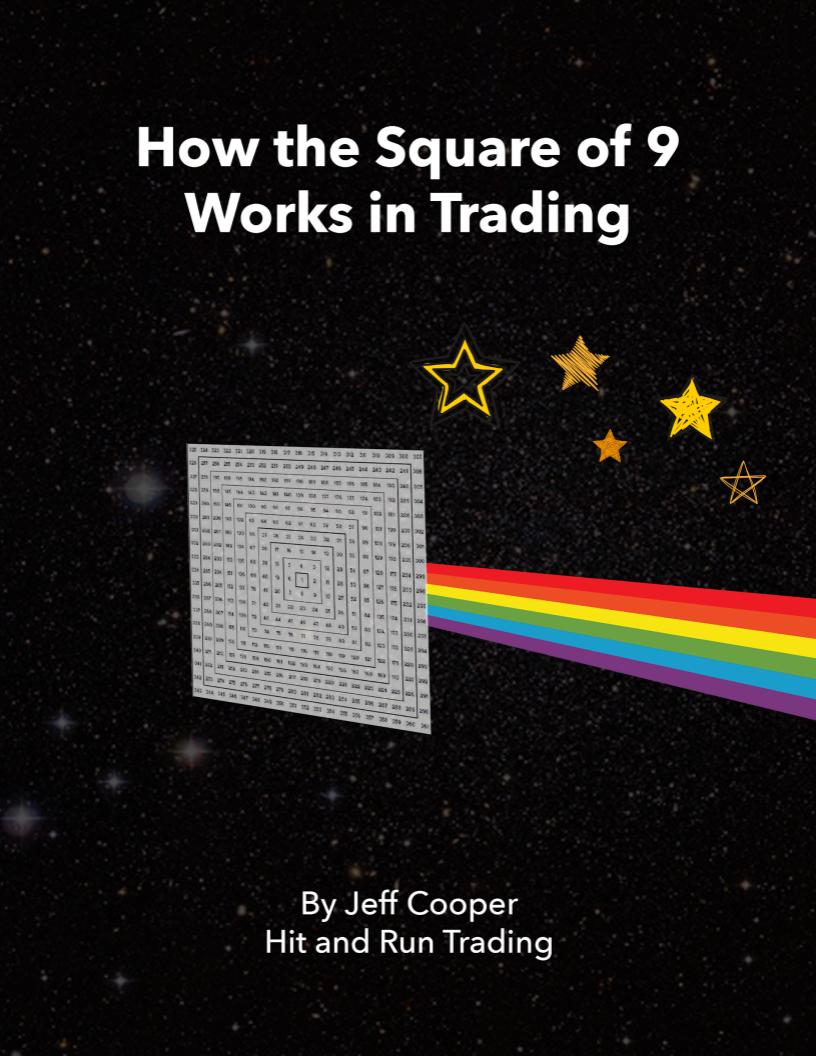Happy Daze for the Market
There is an old saw that history repeats is because we don't learn from it.
Sometimes when we look at the panorama of the past, nuances and unique synchronicities resonate with the present.
With that in mind, I can't help but notice that the song Happy Days Are Here Again was written in 1929.
Even more curious is the name of one of the song's writers — Jack Yellen.
It is also curious that 1929-1932 was the last time Republicans controlled the Senate, House and Presidency.
Hoover was elected in part because people believed his business experience would take the economy and markets to new heights.
It did… for a year.
In 1933, a rich man from New York hated by the establishment massively devalued the U.S. dollar and expanded fiscal stimulus.
It's interesting that the ECB just announced it would not yet end its addiction to QE stimulus policies even though its economy apparently continues to improve just as President Trump announced a war on opiate addiction: an arsenal of stimulants versus a stockpile of depressants stretched across a socionomic web.
The market's hyperventilating against a cultural maze of extremes between the 1% and the 99% is reminiscent of the Great Gatsby era.
A Da Vinci painting sells for $450 million.
They say you can't put a price on time.
Then again, Paul Newman's watch just sold for $17.8 million.
The market skates sublimely across the economic and cultural divisions in the economy.
As Ray Dalio stated recently:
“To understand what's going on in ‘the economy', it is a serious mistake to look at average statistics. This because the wealth and income skews are so great that the average statistics no longer reflect the conditions of the average man. For example, the wealth of the top one-tenth of 1% of the population is about equal to that of the bottom 90% of the population, which is the same sort of wealth gap that existed during the 1935-40 period.”
Dalio went on to say that, “There has been no growth in earned income, and income and wealth gaps have grown and are enormous. Since 1980 median household real incomes have been about flat and the average household in the top 40% earns four times more than the average household in the bottom 60%. While they've experienced some growth recently, real incomes have been flat to down slightly for the average household in the bottom 60% since 1980 (while they have been up for the top 40%). Those in the top 40% now have on average 10 times as much wealth as those in the bottom 60%. That is up from six times as much in 1980.”
There's something bipolar going on in the economy, the culture, and the markets that have numbed and dazed the best and the brightest to the amiable (for now) divorce between price action and price discovery.
The old saw that the stock market is forward-looking discounting out 6 months or so disappeared with QE, not the algomatics.
Many algo and quant strategies (not all) will inevitably fail because backtests never considered a rising rate environment. All these strategies were created in 30+ years of declining interest rates.
The market seems to be walking the tightrope between these two notions.
If money is made by discounting the obvious and betting on the unexpected, what is the presumption of the unexpected in a market mechanism that manipulation has distorted if not broken?
This is the big question going into 2018.
There seems a universality of opinion that the market is in large part been rising for a year on Trump tax reform.
The question of course is if we get tax reform for Christmas, how much of it is already baked into the market.
On October 22, 1986, President Reagan signed the Tax Reform Act of 1986.
The DJIA was at 1800 at the time.
It ran over 50% to 2722 in August 1987.
Is the market going to run up 50% in 10 months again if Trumps tax cut is passed or have we come full circle in 360 months from 1987?
In other words, is a mirror image foldback playing out where a generation after Reagan, the market ran up prior to the fact and discounted Trump's tax cut?
Succinctly, is a classic buy the rumor sell the news on the table?
Conclusion.
When I was in high school, my dad was a trader. I was in his home office one day and he was annoyed about a position that was falling out of bed.
I asked, “Why don't you just sell it?”
My dad's reply, “To whom?”
His position was large and there were no bids. If he hit the bid, he would just hurt his position even more.
With Central Bankers ‘out of bullets', a reversion to the mean of the passive ETF/selling volatility/complacency bubble may find no remedies for the irredeemable with Mr. Market bewildered in a maze of madness and error.
Strategy.
The SPX and NDX have formed large bearish divergence between their price and their 10-day average Advance/Decline Line indicators warning a top is approaching.
Today is the 9th anniversary of the primary low in 2008.
On my Square of 9 Time & Price Wheel, the number 9 aligns with November 7th, the date of the SPX high…so far.
At the same time, 2591 aligns with today on The Wheel.
The implication is a possible return rally test failure of the November 7th high is on the table.
This would be confirmed in part by trade below the last swing low on the index at 2557 on November 15.

